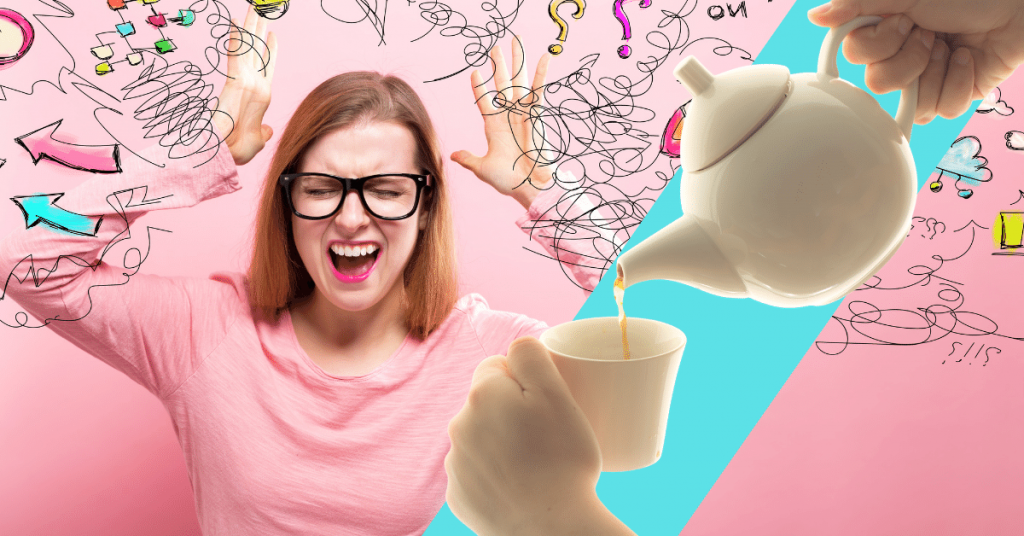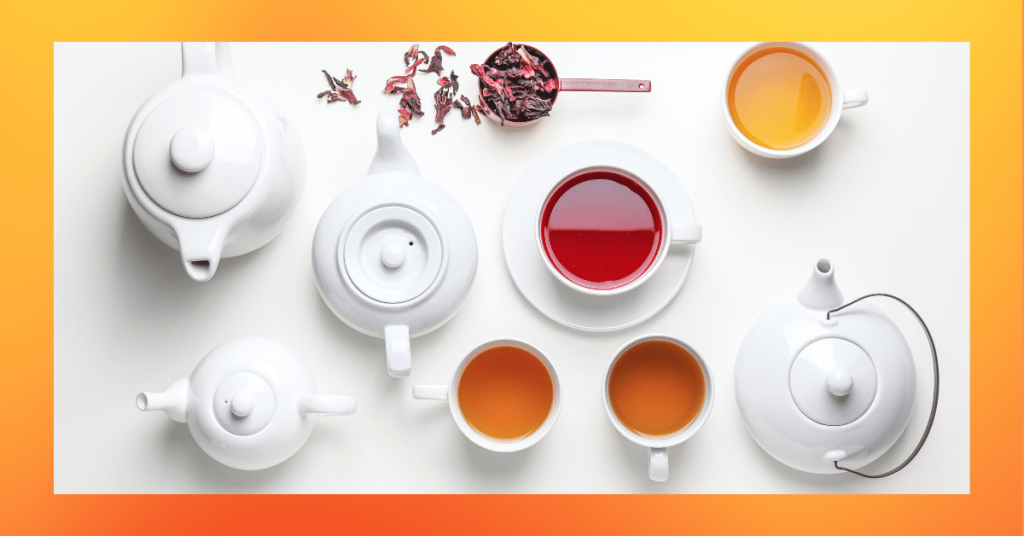Tea’s ceremonial use has evolved reflecting the social, spiritual, and cultural transformations of societies.
This article explores the evolution of tea ceremonies in different cultures, highlighting their unique characteristics and the factors that have influenced their development.
The Origins of Tea Ceremonies

The origins of tea ceremonies can be traced back to ancient China, where tea was first discovered.
According to legend, Emperor Shen Nong accidentally discovered tea in 2737 BCE when leaves from a wild tea tree blew into his boiling water.
The pleasant aroma and flavor led to the cultivation and consumption of tea, which soon became an integral part of Chinese culture.
Chinese Tea Ceremonies
The Chinese tea ceremony, known as “Cha Dao” or “The Way of Tea,” emphasizes the harmony between nature and humanity.
It is a meditative practice that involves the careful preparation and consumption of tea.
The Tang (618-907 CE) and Song (960-1279 CE) dynasties saw the formalization of tea ceremonies, with the development of specific tea utensils and the creation of tea houses.
During the Ming Dynasty (1368-1644 CE), loose-leaf tea replaced powdered tea, and the Gongfu tea ceremony emerged.
This ceremony, which means “making tea with skill,” involves a meticulous process of brewing and pouring tea, focusing on the quality of the tea leaves, water, and the overall experience.
Japanese Tea Ceremonies

The Japanese tea ceremony, known as “Chanoyu” or “The Way of Tea,” was heavily influenced by Chinese tea culture.
Introduced to Japan by Buddhist monks in the 9th century, tea became a symbol of Zen Buddhism.
The Japanese tea ceremony, refined by the Zen monk Sen no Rikyu in the 16th century, emphasizes simplicity, tranquility, and respect.
Chanoyu is a highly ritualized practice involving the preparation of matcha (powdered green tea).
Every movement and gesture in the ceremony is deliberate, reflecting the principles of wabi-sabi, which appreciates the beauty of imperfection and transience.
The ceremony takes place in a tea room designed to evoke a sense of calm and contemplation.
Korean Tea Ceremonies
Korean tea culture, known as “Darye” or “Tea Rite,” has a history dating back to the Three Kingdoms period (57 BCE – 668 CE).
Influenced by Buddhism, tea became an essential part of Korean rituals and daily life. Darye emphasizes ease, naturalness, and enjoyment rather than strict rules.
Korean tea ceremonies typically use loose-leaf green tea and involve a series of simple, flowing movements.
The focus is on the aesthetic appreciation of tea, the utensils, and the environment. Seasonal variations also play a role, with different teas and settings used to reflect the changing seasons.
Indian Tea Culture

India, one of the largest tea producers in the world, has a diverse tea culture that reflects its regional and cultural variety.
While traditional Indian ceremonies are less formalized than their East Asian counterparts, tea holds significant social and cultural importance.
Chai, a spiced tea made with black tea, milk, sugar, and various spices, is a staple in Indian households.
The preparation and sharing of chai symbolize hospitality and community.
In regions like Assam and Darjeeling, tea ceremonies may involve the presentation and tasting of various tea blends, emphasizing the rich tea heritage of the area.
British Tea Culture
The British tea ceremony, known for its formality and elegance, emerged in the 17th century after tea was introduced to England by the British East India Company.
Afternoon tea, popularized by Anna, the Duchess of Bedford, in the 19th century, became a social event among the British aristocracy.
Afternoon tea involves a selection of teas served with sandwiches, scones, and pastries.
It reflects the British values of refinement, hospitality, and social etiquette. The ritual has evolved to include high tea, a more substantial meal served in the evening, and the modern practice of tea breaks in workplaces.
The Global Influence and Modern Adaptations
The ceremonial use of tea continues to evolve in the contemporary world, influenced by globalization and cultural exchanges.
Tea ceremonies are now celebrated worldwide, blending traditional practices with modern interpretations.
Contemporary Tea Ceremonies

In recent years, there has been a resurgence of interest in traditional tea ceremonies, with people seeking mindfulness and connection in a fast-paced world.
Tea houses and tea masters around the globe offer experiences that honor ancient practices while adapting them to modern sensibilities.
Fusion ceremonies, which incorporate elements from different tea cultures, are becoming popular.
For example, a tea ceremony might combine the precision of the Chinese Gongfu style with the contemplative atmosphere of the Japanese Chanoyu, creating a unique, cross-cultural experience.
Virtual and Inclusive Tea Gatherings
The rise of digital technology has also transformed tea ceremonies.
Virtual tea gatherings, where participants connect online to share tea, have become common, especially during the COVID-19 pandemic.
These virtual ceremonies allow people from different parts of the world to come together, fostering a sense of community and cultural exchange.
Moreover, there is a growing movement to make tea ceremonies more inclusive, welcoming people of all backgrounds and abilities.
Adaptations for individuals with disabilities, as well as a focus on sustainability and ethical sourcing of tea, reflect the evolving values of inclusivity and environmental consciousness.
Final Word

The ceremonial use of tea has a rich and diverse history, reflecting the cultural, spiritual, and social fabric of societies around the world.
From the meditative rituals of ancient China to the refined elegance of British afternoon tea, each culture has contributed to the evolving tapestry of tea ceremonies.
As we continue to adapt and innovate, the essence of tea ceremonies remains unchanged: a celebration of harmony, respect, and connection.
Whether enjoyed in a traditional setting or a modern fusion ceremony, tea continues to bring people together, offering moments of reflection and shared experience in an ever-changing world.
MEDICAL DISCLAIMER
Itsnevernotteatime.com cannot and does not contain medical/health advice. The medical/health information is provided for general and educational purposes only and is not a substitute for professional advice.




